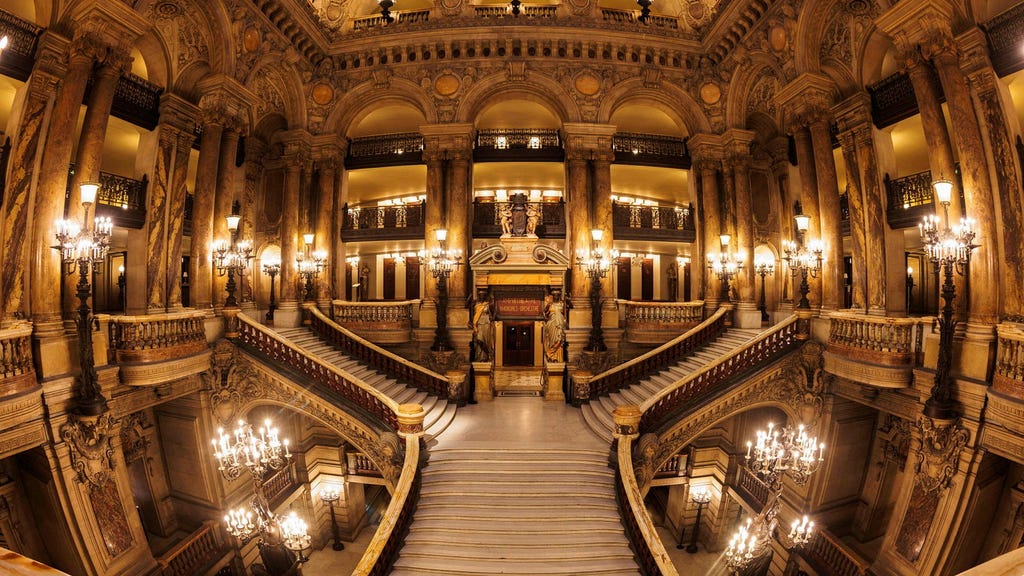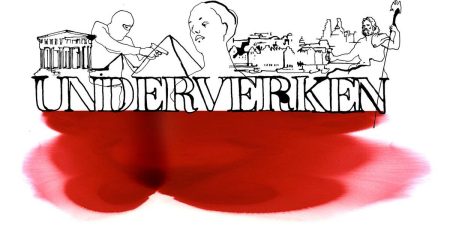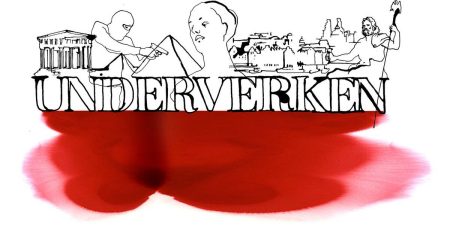The dancers at the Paris Opera, encompassing both the Opera Garnier and Opera Bastille, have initiated a strike in response to inadequate compensated time allocated for makeup and costuming prior to performances. Currently, their schedules include a mere 30 minutes for these essential preparations, a timeframe the dancers deem grossly insufficient. They contend that at least triple this amount, 90 minutes, is necessary to properly execute the intricate makeup and elaborate costuming often required for their roles. This dispute centers on the value of the dancers’ pre-performance labor and their right to fair compensation for the time and effort involved in transforming themselves into the characters they portray on stage. The dancers argue that this preparatory work is an integral part of their artistic contribution and should be acknowledged as such through appropriate remuneration.
The strike commenced on Thursday of the previous week, disrupting operations at both the Opera Garnier and Opera Bastille. This disruption has led to the cancellation of five performances to date, resulting in a substantial loss of 4.7 million in ticket revenue. Among the affected productions is ”Play,” choreographed by Swedish artist Alexander Ekman, currently featured in the Opera Garnier’s repertoire. The financial implications of the strike are significant, highlighting the economic impact of labor disputes within the arts and culture sector. The cancellation of performances not only represents a loss of revenue for the Opera but also disrupts the schedules of patrons and the artistic momentum of the company.
The management of the Paris Opera has thus far declined to accede to the dancers’ demands, stating that they are unwilling to meet the request for increased compensated preparation time at this juncture. However, they have expressed a willingness to engage in further discussions with the dancers to explore potential solutions. This indicates a recognition of the need for dialogue and negotiation, though a resolution to the conflict remains elusive. The management’s stance presents a challenge to the dancers’ resolve, setting the stage for a potential protracted standoff.
The duration of the strike remains uncertain, leaving the future of scheduled performances in limbo. The dancers are determined to secure what they perceive as fair compensation for their labor, while the management faces pressure to resolve the dispute and minimize further financial losses. This situation underscores the inherent tensions that can arise between artistic personnel and administrative bodies within cultural institutions. The dancers’ commitment to their craft and their insistence on adequate compensation are pitted against the Opera’s budgetary constraints and operational requirements.
The dancers’ argument revolves around the multifaceted nature of their professional roles, which extend beyond the actual performance on stage. They emphasize the significant time and effort required for makeup application, often involving complex designs and specialized techniques, and the often intricate process of donning elaborate costumes, which may require assistance and careful handling. These pre-performance activities, they argue, are crucial to their ability to embody their characters and deliver compelling performances. Failing to acknowledge this work through adequate compensation, the dancers contend, undervalues their contribution to the overall artistic product.
This labor dispute at the Paris Opera reflects broader concerns within the performing arts regarding fair compensation, working conditions, and the recognition of the full scope of artistic labor. The dancers’ strike highlights the importance of valuing the contributions of all those involved in bringing artistic productions to life, from the performers on stage to the backstage personnel who support them. The outcome of this dispute could have implications for other arts organizations and may contribute to a broader conversation about fair labor practices within the cultural sector. The Paris Opera strike serves as a microcosm of the ongoing dialogue about the value of art and the rights of those who dedicate their lives to its creation.














